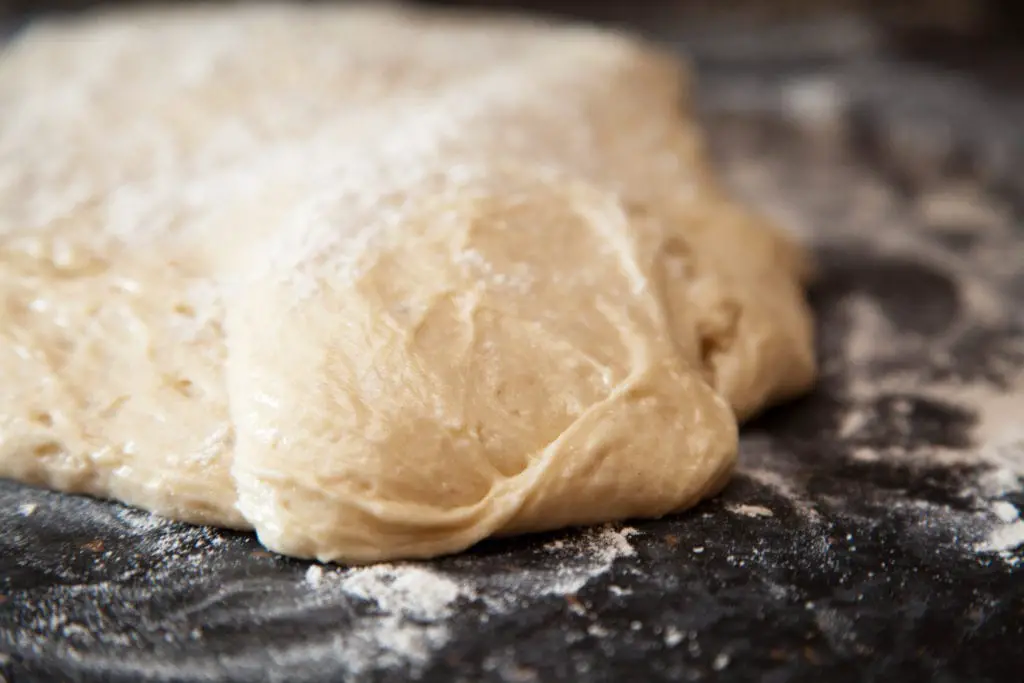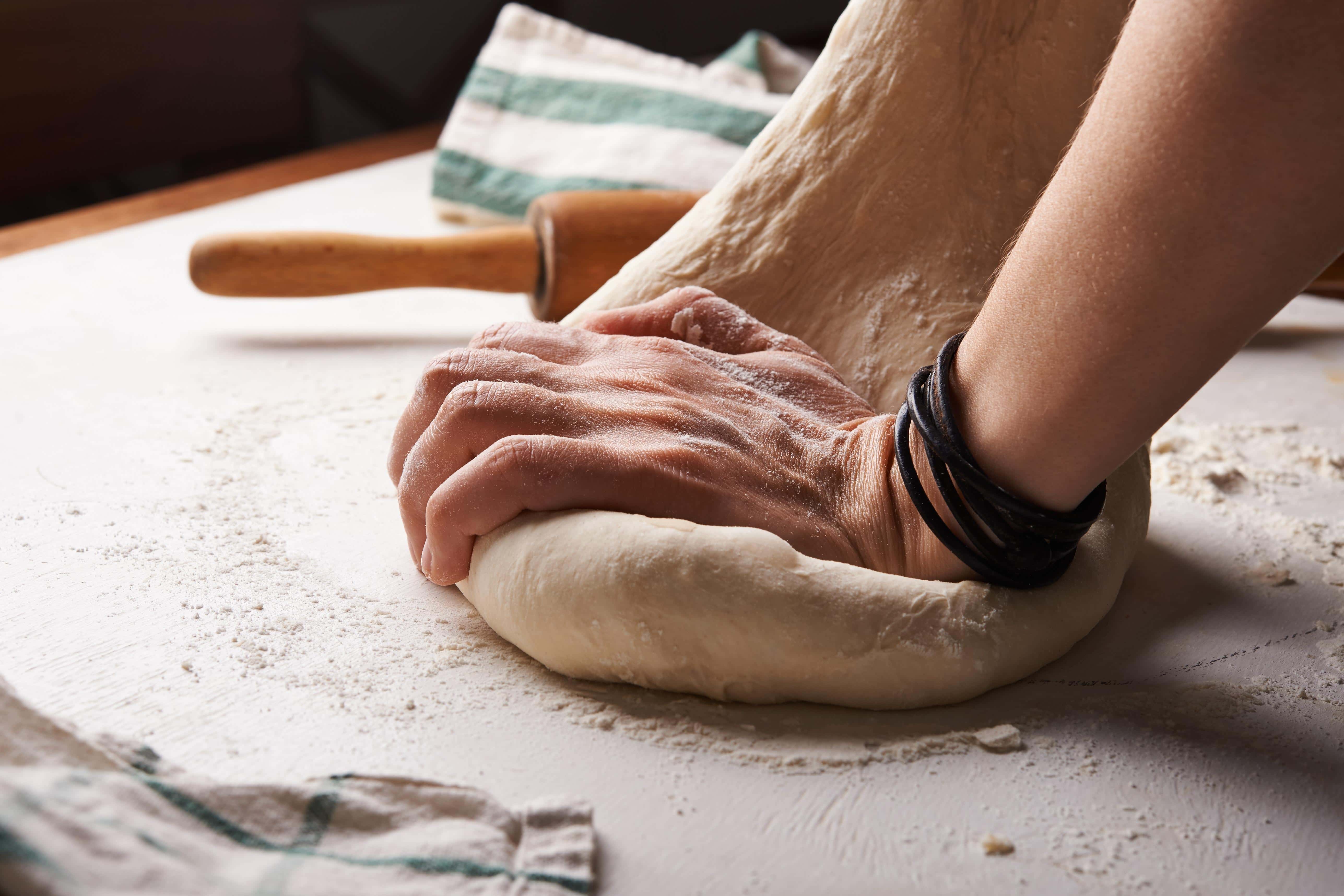Bread is usually made from flour, turned into a dough, which is usually leavened with yeast, allowed to rise, and finally baked in an oven. It is one of the oldest prepared foods dating back during Biblical times.
It is a staple food in most countries in West and Middle East Asia, Europe, Australia, the Americas, and Africa. Bread also plays an important role in religious rituals and secular culture.
Most bread doughs are usually baked. But in some cuisines, bread doughs could be steamed like the mantou of China; fried like the puri of India; or heated on an unoiled pan like the tortillas of Mexico. It may also be unleavened like the matzo.
Table of Contents
Inside The Bread
Aside from flour, salt, fat, and leavening agents (like yeast or baking soda) are common bread making ingredients although it may contain other ingredients like egg, milk, etc.
Bread is usually eaten with the hands or it can be served in different ways. It could be toasted, dipped into liquids like olive oil or soup, topped with various ingredients such as in canapes or pizza, or used to make sandwiches filled with meats, vegetables, cheeses, and condiments.
Leavening
Leavening is a process where the air is added to the bread dough before or during baking. It makes the bread lighter and chewy. Most bread in the western hemisphere is leavened.
Yeast (Saccharomyces cerevisiae) is the most common leavening agent. This is also the same yeast used in brewing alcoholic beverages. It ferments carbohydrates found in flour and produces carbon dioxide.
Nowadays, bakers use commercially produced baker’s yeast which is obtained from pure culture. It leavens bread dough and produces uniform, fast, and reliable results.
Mix the flour, water, salt, and the yeast. Then leave the dough to rise untouched. Sometimes, bakers allow the dough to rise one more time by punching down the dough and let it rise again. After that, the loaves are formed and baked in an oven.

Bread Dough Rising
Yeast likes warm and humid environment. That’s why it is a common practice among bakers to raise their dough in a proof box that lets them control the temperature and humidity.
The food dehydrator can be used as a proof box. Just remove the trays from the dehydrator, set the thermostat at 95°F to 115°F (depending on the manufacturer’s recommendation) and allow the unit to preheat.
Once preheated, place a shallow pan of water on the bottom of the dehydrator. Insert a tray directly above the water and place the bowl of dough on the tray. Cover the dough with a cloth to keep it from drying out. Allow the dough 1/2 to one hour of time to rise. When it has risen, continue with preparation according to your recipe.
Using the food dehydrator speeds up the bread-making process. It takes the bread dough 30 minutes to one hour to rise.
Final Thoughts
A food dehydrator can also act as a proof box when making bread. Its controlled heat makes the yeast act on the flour as the dough rises. Making home-made bread is now much easier than ever before.
This also shows that having a food dehydrator is worth an investment.

